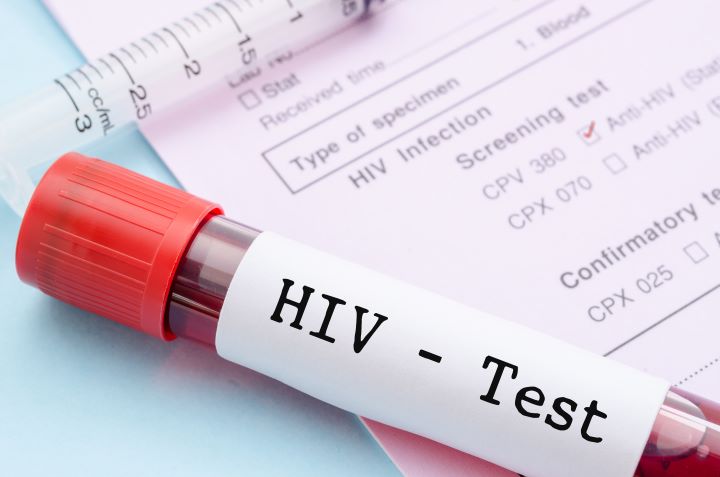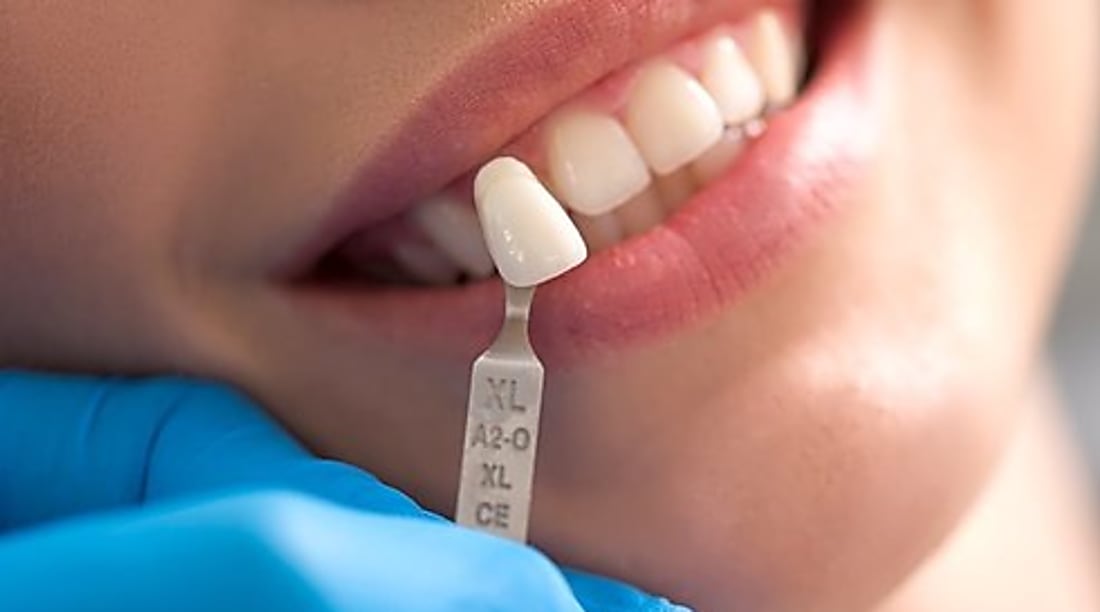The Truth About Cremation in 2025: Process and Costs
When facing the loss of a loved one, understanding cremation options becomes essential for many families. As we look toward 2025, cremation continues to evolve with new technologies, environmental considerations, and changing cultural attitudes. This comprehensive guide explores the modern cremation process, available options, timeframes, and importantly, the costs you can expect when making these difficult decisions.

The Cremation Process Explained: Step by Step in 2025
The cremation process in 2025 remains fundamentally similar to previous years but with notable technological improvements. The process begins with identification verification, ensuring the right individual is being cremated. Next, the body is prepared by removing medical devices or implants that could be hazardous during cremation, such as pacemakers. The body is then placed in a cremation container or casket made of combustible material.
The actual cremation occurs in a specially designed furnace called a retort, which now operates at temperatures between 1,600-1,800°F (870-980°C). This intense heat reduces the body to bone fragments within 1-3 hours. By 2025, many crematoriums have implemented advanced filtration systems to minimize environmental impact, with some facilities achieving nearly zero emissions through enhanced technology.
After cooling, the remaining bone fragments undergo processing in a cremulator, which creates the consistent, sand-like consistency that families receive as “cremated remains” or “ashes.”
Modern Cremation Options and Urn Selection
The year 2025 has brought expanded options for families considering cremation. Traditional flame cremation remains common, but water cremation (alkaline hydrolysis) has gained significant acceptance. This eco-friendly alternative uses water, alkali, heat, and pressure to accelerate natural decomposition, producing similar remains with up to 90% less energy use than traditional methods.
When it comes to urn selection, options have diversified tremendously. Biodegradable urns designed for water or earth burial decompose naturally, supporting environmental consciousness. Memorial diamonds created from carbon extracted from cremated remains offer a permanent keepsake option. Digital memorial urns featuring screens that display photos or videos of the deceased have become increasingly popular, blending tradition with technology.
Customization has become standard, with urns available in materials ranging from ceramics and wood to biodegradable paper and eco-friendly composites. Many families now choose themed urns that reflect the deceased’s personality, hobbies, or passions, creating more personalized memorials.
What Families Should Know About Cremation Planning
Planning for cremation in 2025 involves several important considerations. First, determine if the deceased left specific instructions regarding their wishes. If not, family members need to make decisions about the type of cremation service, whether to hold a viewing beforehand, and what to do with the cremated remains.
Legal requirements vary by state, but typically include obtaining a death certificate, cremation authorization forms signed by the next of kin, and sometimes a waiting period of 24-48 hours after death. By 2025, many states have streamlined these processes with digital documentation options, though paper alternatives remain available.
Pre-planning cremation has become increasingly common, allowing individuals to specify their preferences and even pre-pay for services, potentially locking in current rates. Many cremation providers now offer digital planning tools that guide families through the process, storing preferences securely until needed.
Religious considerations remain important for many families. While most major religions now accept cremation, some traditions have specific requirements about timing or handling of remains. Funeral homes and crematoriums have become more adept at accommodating these diverse needs.
How Long Cremation Takes and What’s Returned
The timeline for the entire cremation process in 2025 typically spans 7-10 days from death to the return of cremated remains, though expedited services are available in many areas. The actual cremation itself takes approximately 1-3 hours depending on various factors including body size, crematorium equipment, and operating temperature.
After the cremation, cooling and processing of the remains requires several additional hours. Families typically receive about 3-7 pounds of cremated remains, depending on the deceased’s body size and bone structure. These remains consist primarily of calcium phosphates and minerals from bone tissue.
What families receive varies slightly depending on provider policies. Standard practice includes placing the cremated remains in either a temporary container or the permanent urn selected by the family. Most providers include a certificate of cremation and, in some cases, a small amount of remains in keepsake jewelry or tokens if requested.
By 2025, tracking systems have become standard, allowing families to monitor the status of their loved one throughout the cremation process, providing greater transparency and peace of mind during a difficult time.
Cremation Costs and Provider Comparison
Cremation costs in 2025 vary widely based on location, services selected, and provider. Understanding these variations can help families make informed decisions during a difficult time.
| Provider Type | Basic Cremation | Cremation with Memorial | Full Service Cremation |
|---|---|---|---|
| Direct Cremation Provider | $700-$1,200 | $1,500-$2,500 | Not typically offered |
| Traditional Funeral Home | $1,800-$3,500 | $2,500-$4,500 | $4,000-$7,000 |
| Green Cremation Specialist | $900-$1,800 | $2,000-$3,000 | $3,500-$5,500 |
| Corporate Chain Provider | $1,200-$2,500 | $2,000-$3,800 | $3,800-$6,500 |
Prices, rates, or cost estimates mentioned in this article are based on the latest available information but may change over time. Independent research is advised before making financial decisions.
Basic cremation (often called direct cremation) includes only the essential services: transportation of the deceased, the cremation itself, and return of remains in a simple container. Cremation with memorial adds a memorial service, often with an urn present. Full-service cremation typically includes viewing or visitation with embalming, a funeral service, and sometimes rental of a ceremonial casket.
Additional costs to consider include urn selection ($50-$2,000+), death certificates ($10-$25 per copy), newspaper obituaries ($100-$800), and optional services like witnessed cremation ($100-$500). Many providers offer packages that bundle common services together at a reduced rate compared to selecting each separately.
When comparing providers, consider asking about their facility (whether they own their crematory or outsource), their identification procedures to ensure proper handling of remains, and their transparency regarding all costs involved. Many reputable providers now offer virtual tours of their facilities and clear, itemized pricing online.
Conclusion
As we move further into 2025, cremation continues to evolve with greater emphasis on personalization, environmental considerations, and technological integration. Understanding the process, options, timeframes, and costs associated with cremation allows families to make informed decisions that honor their loved ones while respecting practical considerations. Whether choosing traditional flame cremation or newer alternatives, families now have more options than ever to create meaningful memorial experiences.




